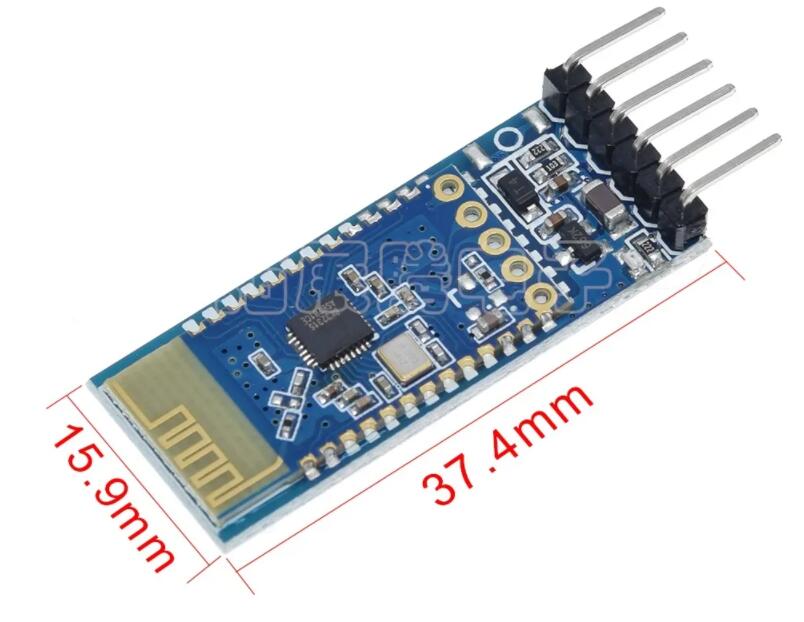
In an era defined by wireless connectivity, Bluetooth technology has become an integral part of our daily lives, linking devices and enabling seamless data exchange. Behind the scenes of this wireless marvel lies the Bluetooth PCB, a technological cornerstone that makes the magic happen. In this article, we delve into the world of Bluetooth PCBs, uncovering their significance, benefits, and the role they play in the modern landscape of connectivity.
The Significance of Bluetooth PCBs
Bluetooth technology has revolutionized the way we interact with electronic devices, allowing us to connect, communicate, and share data without the constraints of wires. Bluetooth PCBs are the driving force behind this wireless revolution, acting as the conduit through which devices communicate effortlessly.

Benefits of Bluetooth PCBs
Applications of Bluetooth PCBs
Bluetooth PCBs are widely used in consumer electronics, including smartphones, tablets, laptops, smartwatches, and fitness trackers. These devices rely on Bluetooth connectivity for file sharing, wireless audio streaming, and remote control functions.
Wireless headphones, earbuds, and speakers utilize Bluetooth PCBs to provide users with a tangle-free audio experience. The ability to connect to multiple devices simultaneously enhances convenience.
In the realm of home automation and IoT, Bluetooth PCBs enable devices to communicate and share data within a smart home ecosystem. Smart thermostats, door locks, lighting systems, and more rely on Bluetooth for seamless integration.
Bluetooth PCBs play a vital role in automotive infotainment systems, enabling hands-free calling, music streaming, and voice-controlled features. They enhance driver safety by minimizing distractions.
Bluetooth PCBs are integral to wearable health devices that monitor vital signs, track physical activity, and transmit data to smartphones or medical professionals for analysis.
Design Considerations for Bluetooth PCBs
Bluetooth PCBs are the unsung heroes behind the wireless connectivity that defines our modern world. Their ability to enable seamless communication between devices, coupled with energy efficiency and versatility, makes them an indispensable part of our daily lives. From consumer electronics to healthcare, automotive, and beyond, Bluetooth PCBs have paved the way for innovative applications that enhance convenience, productivity, and user experience. As technology continues to advance, Bluetooth PCBs will continue to play a pivotal role in shaping the future of connectivity, connecting us to a world of endless possibilities.